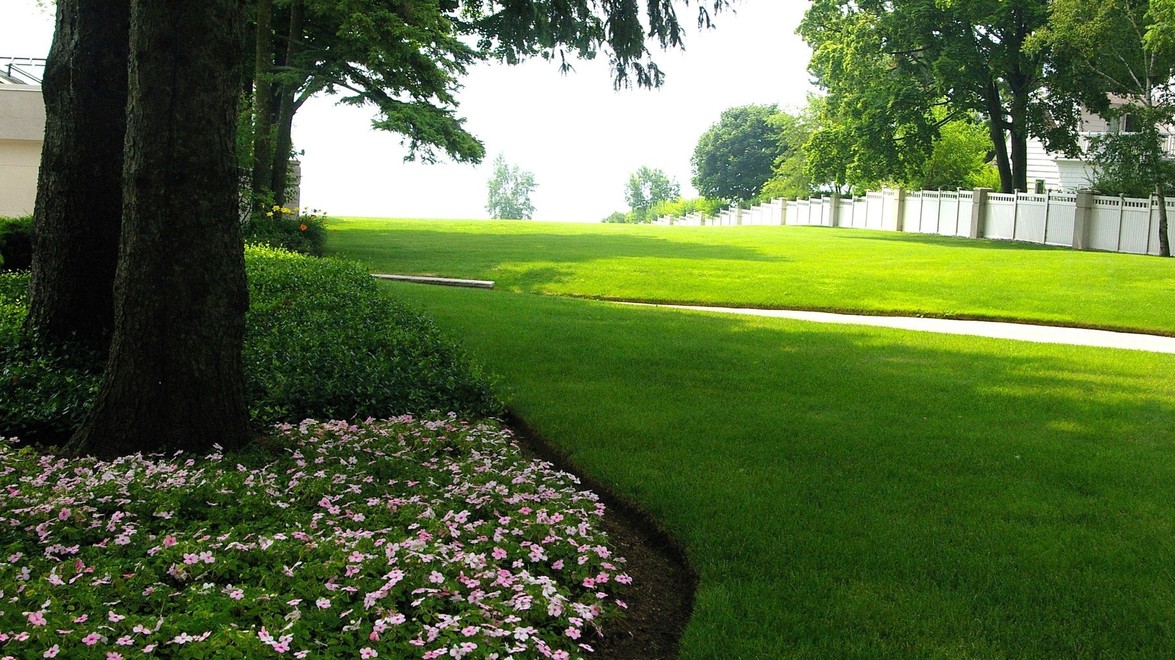
After the hot, dry summer, cooler temperatures of fall have strengthened your lawn.
Damaged areas in turf will recover more quickly by applying fertilizer in the fall. Nitrogen and potash stimulate turf growth and repair, and harden off the turf for winter.
Some damage is too extensive to fix with just an application of fertilizer. Applying seed will fix the problem. The recommended species for overseeding are perennial ryegrass (general recommendation), fine fescue for shade or low maintenance and tall fescue for drought tolerance.
Lawns with an abundance of thatch are more prone to winter injury. There are two major ways of controlling thatch: core aeration and dethatching. Core aeration cuts cylindrical plugs out of the lawn, breaking up the thatch and bringing up soil, which contains micro-organisms that help break down the thatch.
If fallen leaves are not removed, the lawn will not receive sunlight and will eventually die. An alternative to leaf removal is pulverizing tree leaves with a mulching mower and letting them decompose on your lawn. Research has shown that a layer of tree leaves up to 15 cm deep can be mulched in a lawn without adversely affecting it.
A healthy mowing height of 2 1/2 –3 1/2 inches promotes root growth and stress tolerance during the summer, but your final mowing height of the season should be much shorter. A mowing height of 1 to 1 1/2 inches will reduce the chances of snow mold disease. Grass blades left long over the winter can lie over and increase humidity beneath snow cover. If there is lengthy snow cover, snow mold disease may occur.
Apply your last fertilization. After your final mowing is the best time to apply your last fertilization of the growing season. Following the last mowing, apply quick-release nitrogen. It is important to use a quick-release nitrogen source so that grass can take it up before going dormant when the cold weather hits. This is probably the most critical fertilization of the entire growing season and should not be missed.
These simple steps will ensure that your lawn makes it through the winter and is healthy and strong next summer.
For information on our services, go to https://gelderman.com/residential/gardens.
